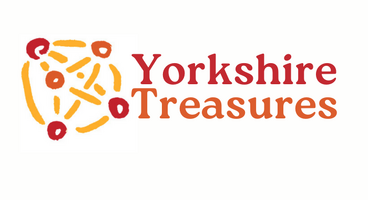
I love the wandering tracks that thread their way through the Dales countryside. Many are old drovers' lanes and packhorse routes, sometimes called 'green roads'. They all offer a wonderfully diverting way to enjoy the countryside, with fine views and plenty of history. Walk along these tracks, and you really are walking in the footsteps of Romans, monks and traders from past times.
The Romans built a garrison at Bainbridge, with routes to forts at Ilkley and Ingleton. Some of these routes are still evident, but the biggest impact was made by the monks whose large estates were founded on wealth made from trading wool and woollen goods. Their trading routes were used to transport ewes-milk cheese (the monks were the first to make Wensleydale Cheese) and other goods from as far away as the Lake District to Fountains Abbey. One of the best known routes is Mastiles Lane from Kilnsey across Malham Moor.
For centuries, drovers walked with their cattle, pigs, sheep and even poultry, miles and miles to market. They supplied the developing towns, sometimes walking all the way from Scotland to London, so most drovers' routes run vertically from North to South in the Dales. Some of our pubs and inns date back to these times. Tan Hill Inn was one of the many inns used by drovers when cattle were traded at fairs in Askrigg. Some place names are testament to these times, such as Drover Hole Hill, as well as pubs with names like The Black Bull. Places with names like Halfpenny House probably date to when charges were made to graze animals en route.
Drovers had to be licensed, with licenses only being issued to those who were married and over 30. Presumably this was because they were more trustworthy, given the value of the stock in their care. Sometimes they would be on the road for months at a time, with several hundred beasts.
Some drovers undertook other duties as well, perhaps carrying post between small market towns or knitting as they walked to supplement their income, like the Terrible Knitters of Dent.
Salt was another important commodity, essential for preserving meat. It was transported from both the coast on the West and Cheshire plains in the East, using drovers' routes.
Other routes were used by chains of packhorses, carrying lead or wool out of the Dales. One of these runs from Dentdale to Ingleton, the Craven Old Way. Packhorses were the best way to transport materials in more remote areas. Horsehouse in Coverdale owes its name to these times, when the small hamlet was on an important packhorse route. Many of the single arched bridges such as the one at Ivelet were used by packhorses.
Many of these routes are still public rights of way, enjoyed by many walkers and horse-riders.
Image by Paul Harris Photography
